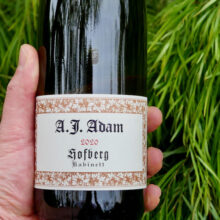
Product information
A.J.Adam Dhroner Hofberg Kabinett Riesling 2021
$65
Description
AP: 19 22. The 2021er Hofberg Kabinett, as it is referred to on the consumer label, was made from fruit harvested at approx. 79° Oechsle in the backside of the main hill of the vineyard and was fermented down to fruity-styled levels of residual sugar (45 g/l). It proves quite restrained and smoky at first, and shows a rather herbal and earthy nose of wet slate, minty herbs, thyme, cinnamon, and anise. The wine is still quite compact on the palate and displays spices and herbs, before it all gives way to a fresh and zesty finish. The acidity seems to have the edge over at the moment, so patience is needed for all the elements to blend together before true greatness. This great Kabinett has some upside as it develops its full potential over time. 2029-2041 92+ points
Jean Fisch & David Rayer, Mosel Fine Wines 92+
In stock


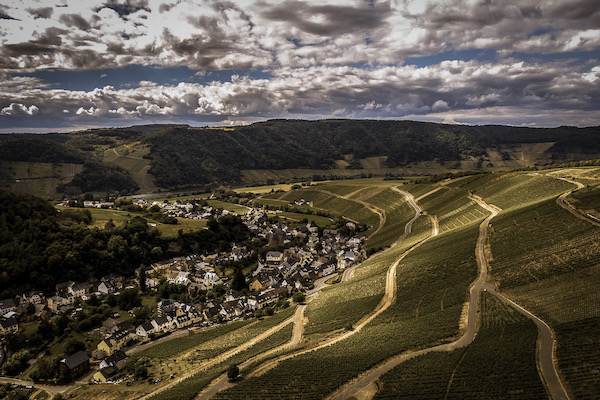
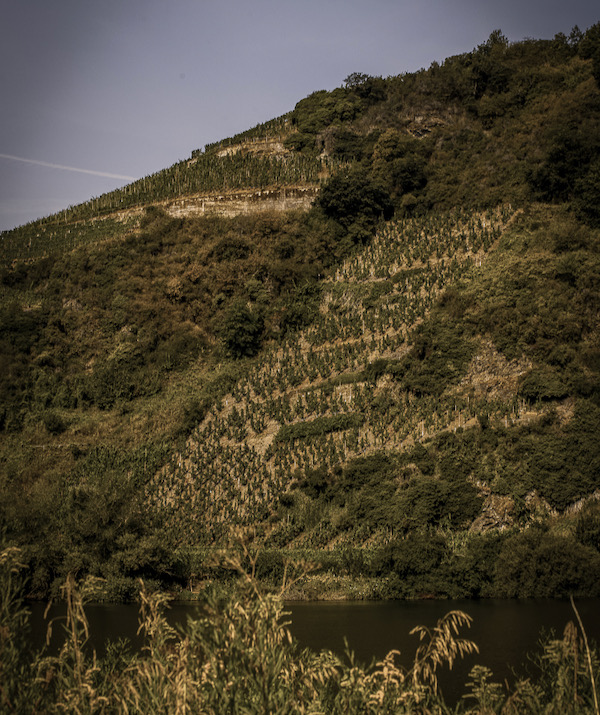
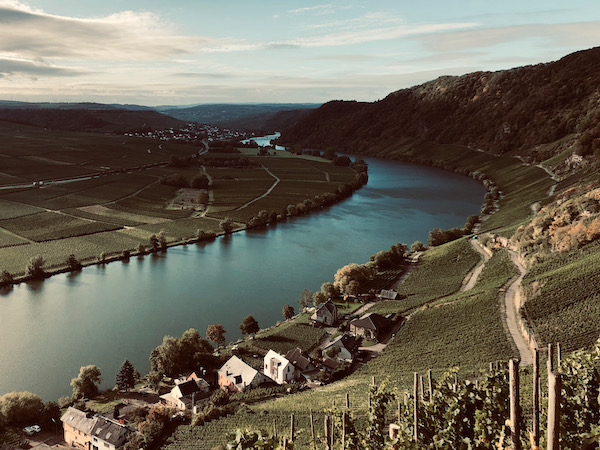
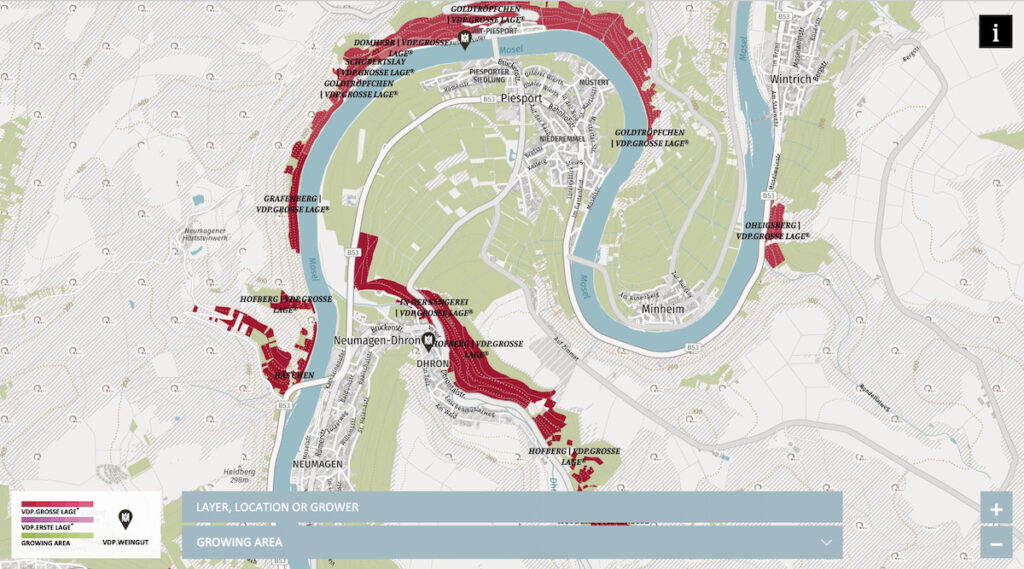
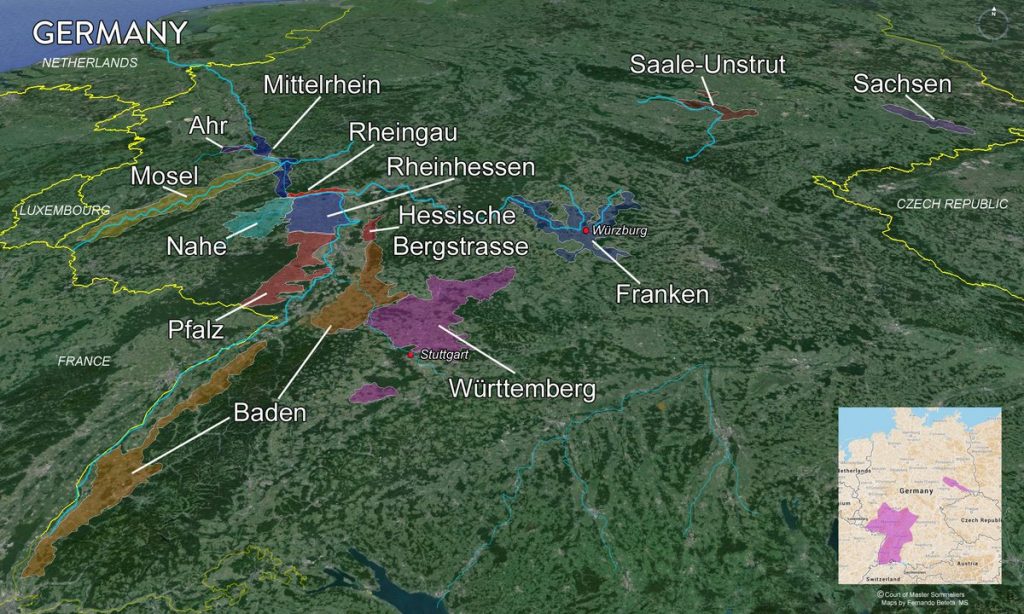
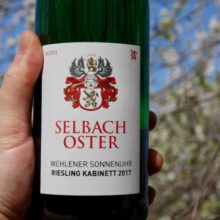
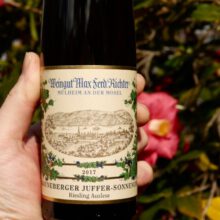

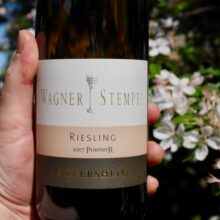
You must be logged in to post a comment.